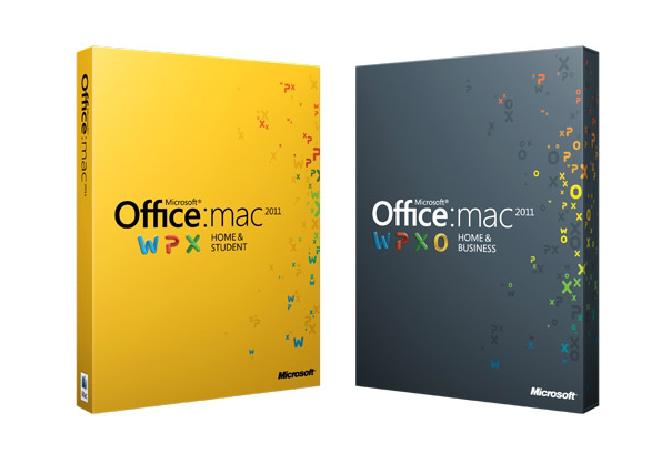Office for Mac 2011: Review

Office for Mac 2011 marks the return of Outlook for Mac and Visual Basic for Applications to the Apple desktop platform, as well as updated versions of Word, Excel and PowerPoint
Some people claim that I don’t readily embrace change, but they’re wrong. I rush to embrace change when I see a benefit in doing so, but absent a clear incentive, I stay with what I know works. That attitude explains much of why I never cosied up to the 2008 release of Microsoft’s Office suite for Mac OS X; the tools in Office 2004 were very well-suited to my needs and there was no incentive for me to switch. Office for Mac 2011, which is scheduled to launch on 26 October, is another matter entirely.
For starters, the 2011 release includes the return of a Mac version of the Outlook email client and information manager. I confess that I’ve been hooked on Outlook since it first appeared in Office 97 and saw Entourage, its equivalent for the last two releases of Office for Mac, as a half-hearted and grossly inferior substitute.
Even though I’m never going to be a serious developer, I’m also glad to see the return of Visual Basic for Applications in Office for Mac 2011. Many organisations have committed a great deal of effort to home-grown Office-based applets written in VBA, and as much as I believe that the future of applications is in cloud-, mobile- and web-based tools, the reality of the here and now means that VBA support is critical if Microsoft and Office are to remain meaningful to Mac users in the enterprise.
Testing
The first thing users will notice when they open an Office 2011 application is the ribbon interface, which for me has always been a stumbling block in the Windows versions of Office since its introduction in the 2007 release. I’m still not completely sold on the concept, but thankfully, it complements the menu interfaces of Office for Mac rather than replacing them, as it does in Office for Windows.
Perhaps the nicest feature for anyone who shares documents across different platforms is the relative lack of compatibility issues between Office for Mac 2011 and Office 2010 for Windows; there may be some features such as the Mac edition’s Publishing Layout view that will only be available on one platform, but the content itself will work seamlessly on the current version for that OS platform.
In addition, Office for Mac 2011 includes an overhauled template presenter in Template Galleries; this offers multi-age previews of document templates, rather than the customary first-page preview, and the ability to modify templates from within the gallery and preview the changes. Media browsing is also made easier, with the ability to view iMovie projects, iPhoto libraries and iTunes playlists from within an Office application, as well as keyword-based search for media.
Microsoft’s Office Web Apps — web-based versions of Word, Excel, PowerPoint, OneNote and Outlook — become available for Mac users in this release of Office for Mac. Exchange users can access email, calendar and contacts via the Outlook Web App, while the other Web Apps allow editing of documents saved to Microsoft’s SkyDrive service or a SharePoint 2010 site. Volume license customers of Office 2011 will receive access to Office Web Apps via their company’s instance of SharePoint Foundation 2010, while personal and small-business users have free access to SkyDrive.
This release of Office for Mac is the first that Microsoft has offered that runs only on Apple’s Intel-based systems; Leopard 10.5.8 is the minimum OS release level supported. A minimum of 1GB of RAM is required, twice that of Office 2008 for Mac. The suite will be sold in a Home & Student Edition made up of Word, Excel, PowerPoint and MSN Messenger for Mac, and two editions that include Outlook for Mac: Home & Business and Academic editions. Word for Mac, Excel for Mac and PowerPoint for Mac will also be sold separately. Although Office 2011 will not be available to the public until the end of October, Microsoft began accepting preorders on 28 September.